Sarah Bina
Art Director, Graphic Designer
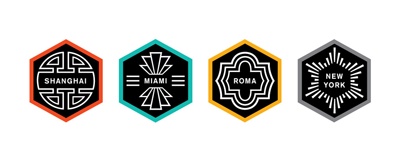
Primary design concentration:
Branding and Lettering
Most preferred tools for designing:
Sketchbook and Adobe Illustrator
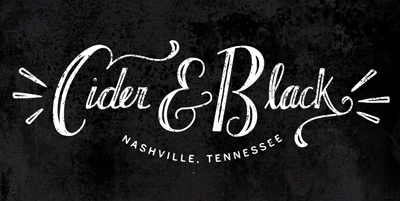
How and why did you choose to become a designer?
I’ve always loved creating things. It started out with little things when I was young—paintings made out of Kool-Aid, drawings I’d make into buttons (we had a sweet button-maker), schematics for a treehouse, keychains and friendship bracelets. My mom was huge into crafting, so we always had a closet full of yarn, construction paper, and popsicle sticks. My dad, on the other hand, was a mechanical engineer and taught me how things work. As well as crafting supplies, we always had weird little things like circuit-building toys from Radio Shack—the ones where you build something and make a light bulb light up or a wheel turn. And while neither of these things directly influenced my design career, it opened up a world of creation and imagination. My parents taught me how to think. When I’m designing, I use the creative-maker side of me as well as the how-things-work, user-experience side. I love thinking about how the designs I’m creating will be experienced in the world.
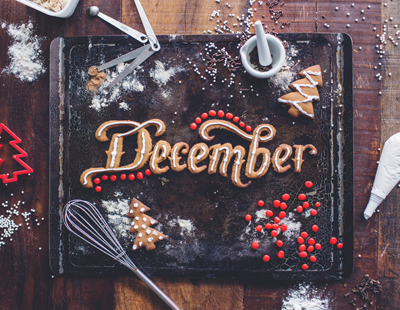
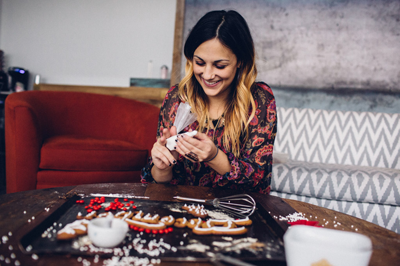
What are some of the challenges you encounter as a designer and how do you deal with them?
Fear-of-the-wrong design. Can this be a real condition, like FOMO? (which I also suffer from) Maybe FOWD. Anyway, sometimes I get this terrifying feeling that I’m going to regret a design decision, especially on big projects where decisions influence each other. Instead of getting things out into the world, I’ll noodle on them forever—sketch to digital then back to sketch and around we go. My recent solution for this is prototyping. Prototyping is a huge help for folks with FOWD, because you can see the design in it’s intended habitat. I’ve been doing some environmental design and signage lately, and my new favorite stage of the process is printing out and tiling 11 in. x 17 in. sheets of paper together to put on the wall in order to see what the design will look like. It puts my mind at ease about sending things out the door, because I know exactly what they’ll look like when they come back.
What is your definition of an “elegant solution,” that is, good design?
Simplicity and thoughtfulness. Also, I love a handmade element. I had a creative director tell me once to always put your hand in it. In an age where everything is going digital, show that a human being created the design.
From skills to values, what makes a designer successful?
The ability to solve problems. A good designer should base their design in strategy and research, and be able to solve a client’s needs, not satisfy a personal desire. When I first started out, I would do this a lot. A client would come to me with a problem, like a logo, and I’d give them a hand-lettered logo, because I wanted to grow in hand-lettering, not because it was the best solution. I think being a good designer means you look past your personal agenda and put the client’s need at the center.
How do you stay motivated and grow personally and professionally as a designer?
I luckily work for a company where growth is a huge component of our culture. We have growth plans and growth coaches and growth challenges and a growth wall where we showcase our latest growth endeavor. For me, the biggest common denominator of all these things is accountability. One of my favorite things we do are 30-day growth challenges. This is where you do something for 30 days and put it out into the world. The aspect of putting it into the world (whether that be on Instagram, a blog, Dribbble, or what-have-you) is the most motivating piece of the challenge, because you have people supporting you and holding you accountable.
For those aspiring to become a designer, whatever the discipline, what is your advice?
Learn as much as you can, from as many people as you can. And don’t ever stop. There are so many avenues, especially nowadays, that are better and where you can learn from people who know more than you do. Skillshare is one of my favorite places to learn, because you can take classes from designers who are current and relevant in the design community. I also love that there’s a body of designers critiquing your work. It feels like being back in design school and curbs the desire to spend all my money on grad school.
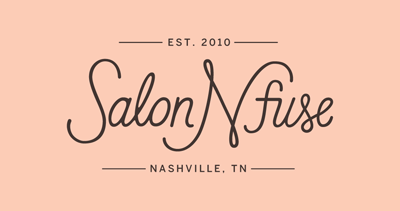
What is your quest in design, from a professional practice, education or evolution standpoint?
Use every opportunity as a growth opportunity. I do a lot of things that I love, but I also do things that pay the bills. My goal is to find something in every project that I can love and learn from.
Previous: Megan Deal | Next: Lisa Odette Butean
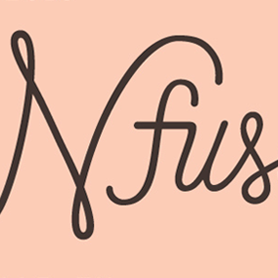
Support Design Feast via Patreon
This self-made project and its related efforts constitute a gracious obsession. The intention is to give a wholehearted and timely serving—as much as possible—of creative culture. If you gain a level of motivation, knowledge, even delight, from the hundreds of interviews plus write-ups here at Design Feast, and are able to contribute, please become a Patron with a recurring monthly donation. Thank you for your consideration!
Stay healthy and keep creating throughout the year!
Wishing you much success,
Nate Burgos, Content Creator & Publisher
Comments
There are no comments yet.
Leave Your Comment